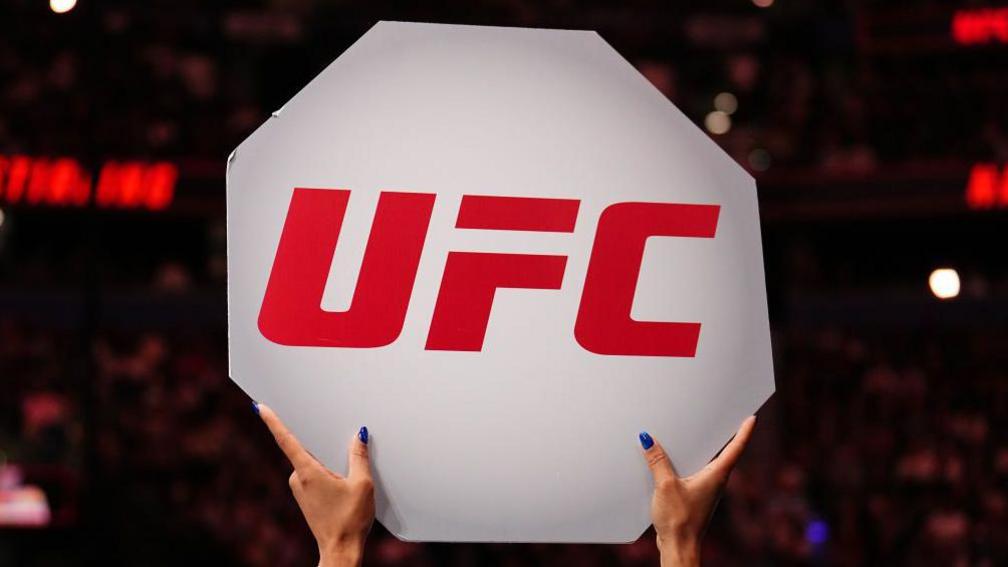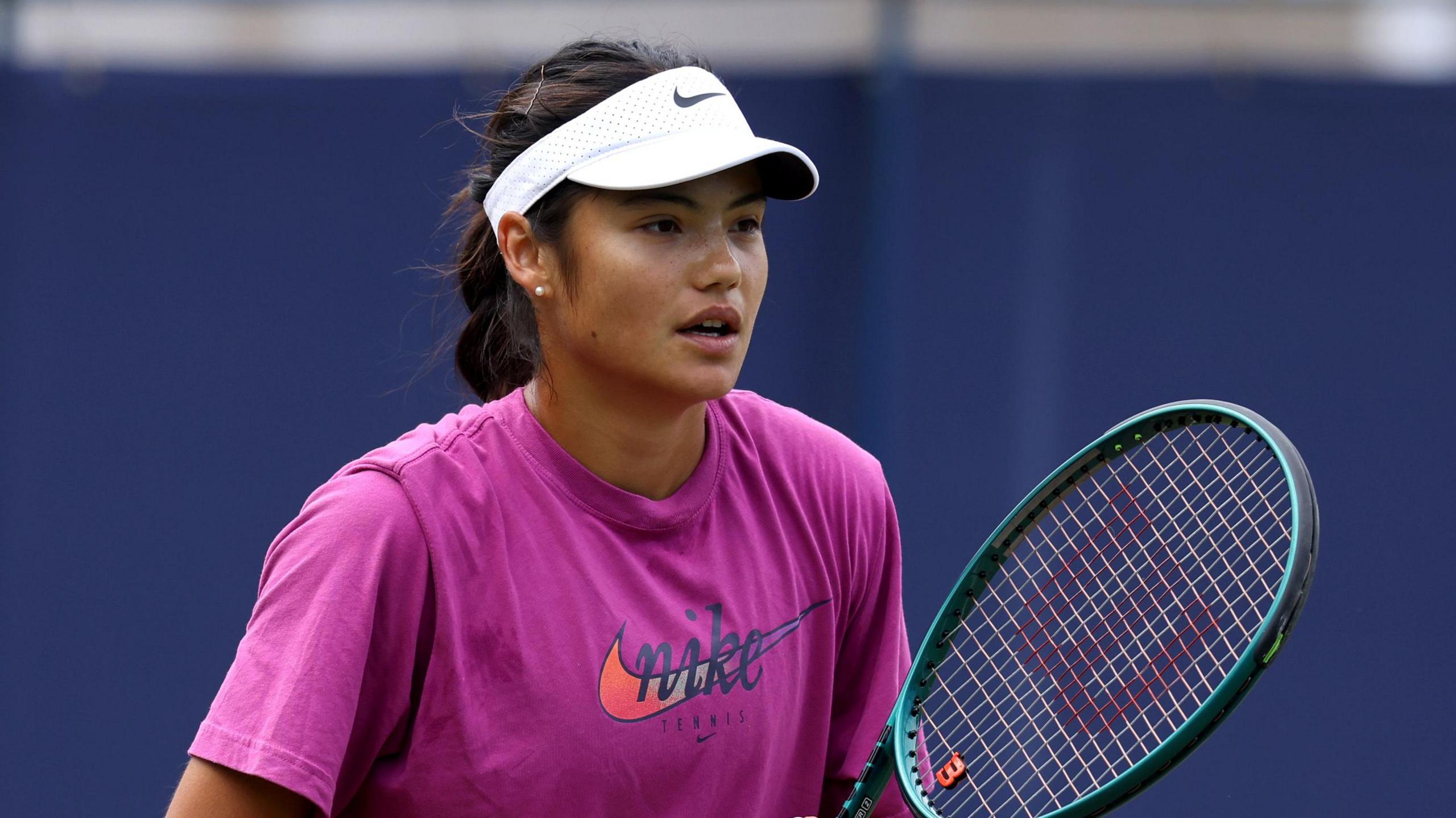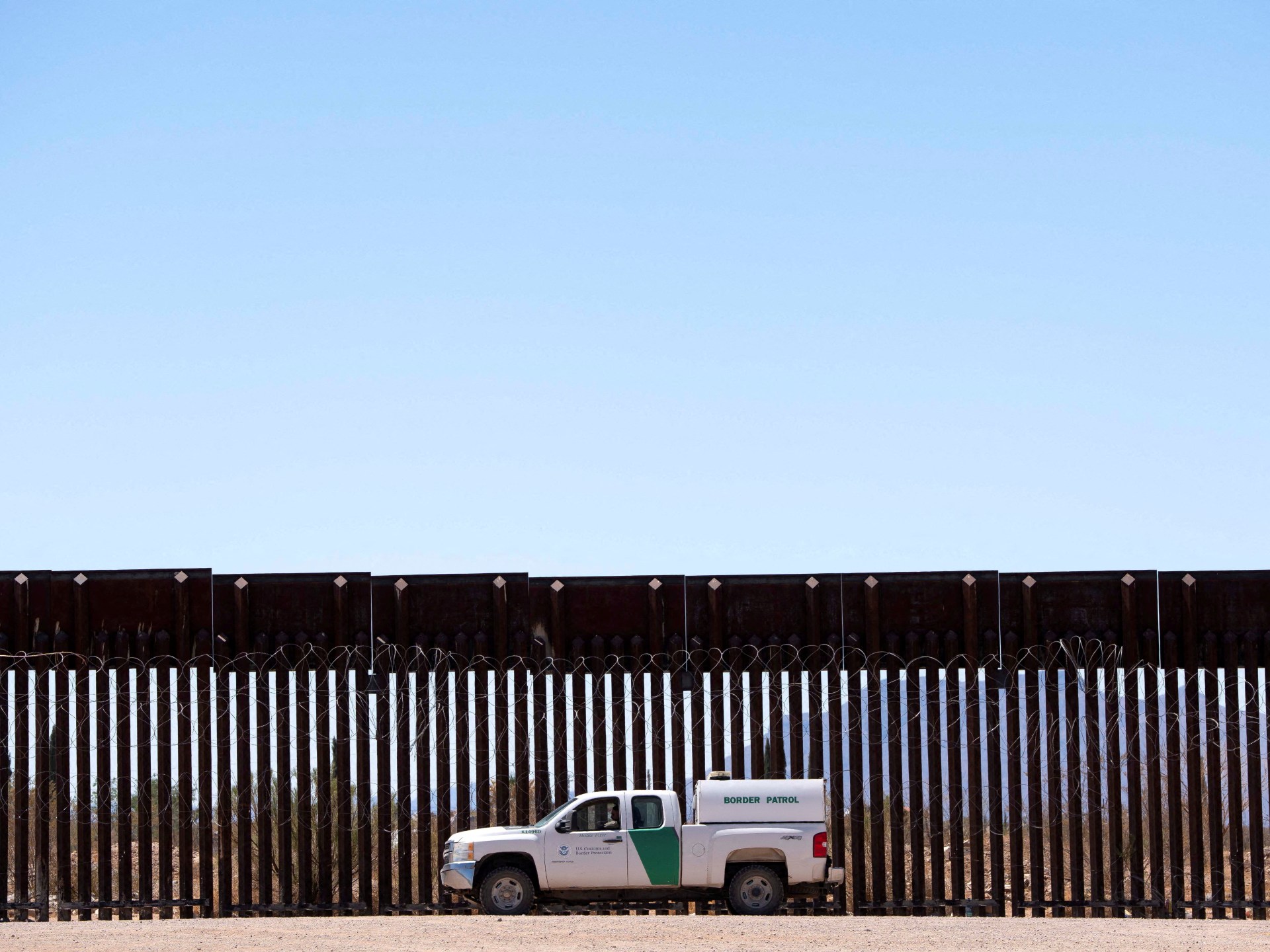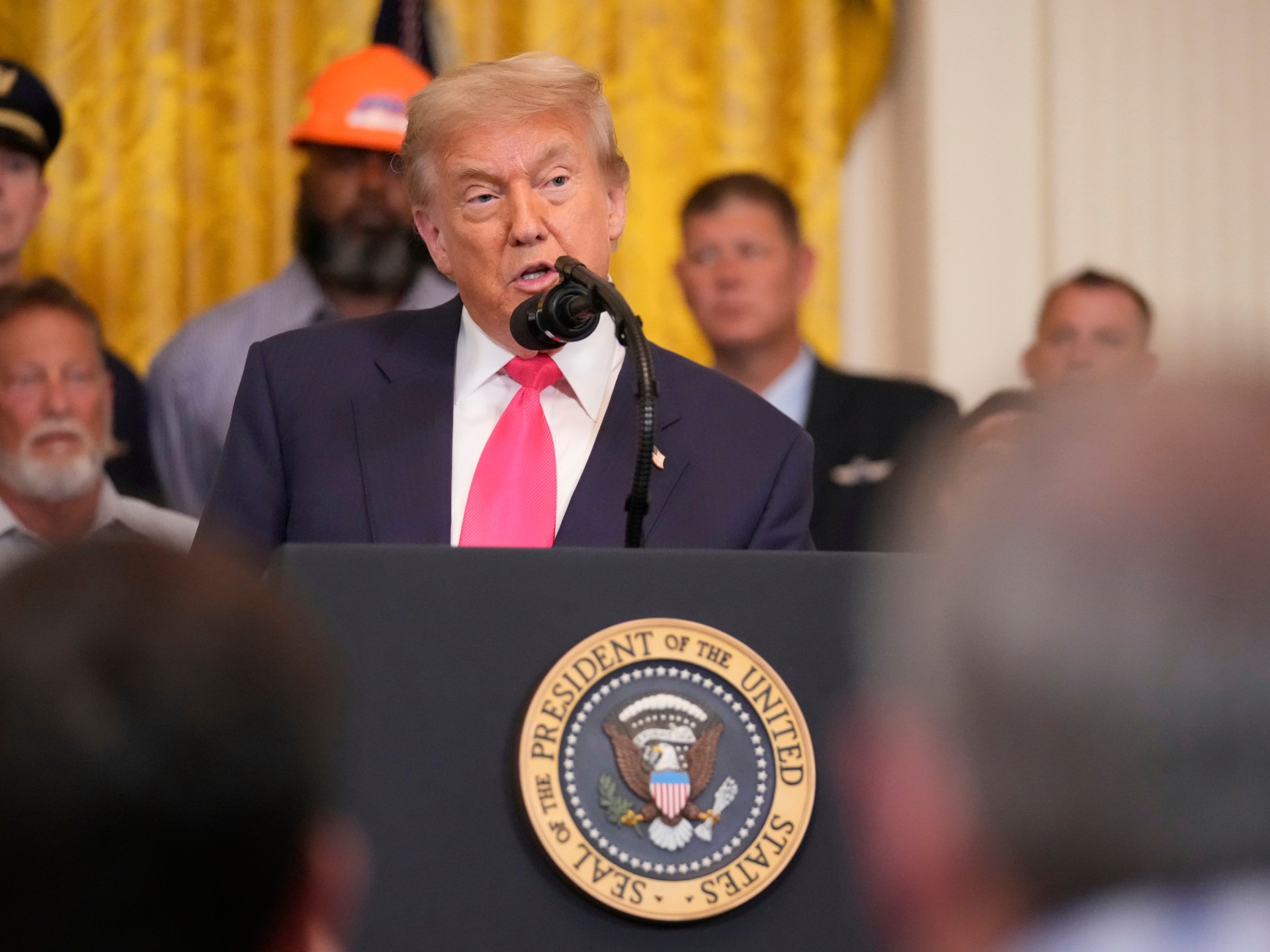The desert is already deadly in the borderlands of Arizona. People who enter the country are subject to exhaustion, dehydration, and blistering heat. However, these routes have been threatened by additional threats for years: armed vigilante organizations that systematically patrol the border illegally and violently. They have long undermined humanitarian volunteer efforts to save lives.
A brand-new artificial intelligence platform is currently actively recruiting new members. ICERAID . Users who upload photos of “suspicious activity” along the border will receive cryptocurrency rewards from the recently launched US. It posits civilians as the front-line agents of intelligence, performing their duties without supervision.
A map of the United States, marked by red and green pins, appears on the website when user-submitted images are viewed. Visitors are asked to add their own. How to legally take pictures in public without a warrant is described in a “Surveillance Guidance” document. Updates and new partnerships are shared in a “Breaking News” section. Enrique Tarrio, a first-generation Cuban American, far-right activist, and self-declared “ICE Raid Czar,” who calls himself a “staunch defender of American values, dominates the platform.
Since 2017, I’ve been conducting research on border surveillance. I frequently travel to Arizona. I’ve accompanied search-and-rescue teams led by former US Marine James Holeman on missions to find the remains of those who died while crossing the border with NGOs. In addition, I’ve witnessed the region develop into a laboratory for high-tech enforcement: automated license plate readers track cars far inland, AI towers from an Israeli company scan the desert, and machine-learning algorithms feed data directly into immigration enforcement systems.
Not just the United States, though. In my book, The Walls Have Eyes: Surviving Migration in the Age of Artificial Intelligence, I describe how similar technologies are being used in Middle Eastern and European countries, including predictive border enforcement from Frontex, the EU’s border agency. These devices improve surveillance and control. They lack security or accountability.
These trends have grown more prominent since Donald Trump’s re-election in 2024. Investment in surveillance has increased significantly. Private businesses have grown rapidly. ICE now has more authority to carry out detention, unlawful raids, and deportations. The US-Mexico border has been manned by military units. By bringing enforcement to the public, ICERAID now adds a new layer.
Users who upload and verify photographic “evidence” from eight different alleged criminal activity categories will receive crypto rewards. The more tokens are earned, the more contributions and locations are made. The surveillance becomes gamified. Suspicion turns into a source of income.
This is particularly dangerous in Arizona, where vigilante violence has a long history. People who enter Mexico through the border have been detained by paramilitary-style groups without authorization. In these encounters, it is known that there have been at least one fatality. In addition to providing civilians with financial incentives and digital tools to act like enforcers,ICERAID does not monitor this behavior.
The use of resistance infrastructure is even more unsettling. www. iceraid . is nearly identical to www.us. iceraids . People Over Papers, a community-led initiative that monitors ICE raids and protects undocumented communities, is the website of us. The similarities are not accidental. It is a deliberate attempt to confuse and devalue grassroots resistance.
ICERAID is not unusual. It is a clear example of a more comprehensive system, one that promotes immigration, rewards suspicion, and expands enforcement through private technology and public fear. Public officials cause panic. The tools are created by corporations. To accomplish the task, citizens are enlisted.
Technology is never objective. It amplifies and mirrors existing power structures. In order to finance racialized suspicion, ICERAID creates a decentralized surveillance system where lives are lost and lives are lost. It is also necessary to protect people moving by recognising and opposing this system. It is crucial for the survival of democracy itself.





